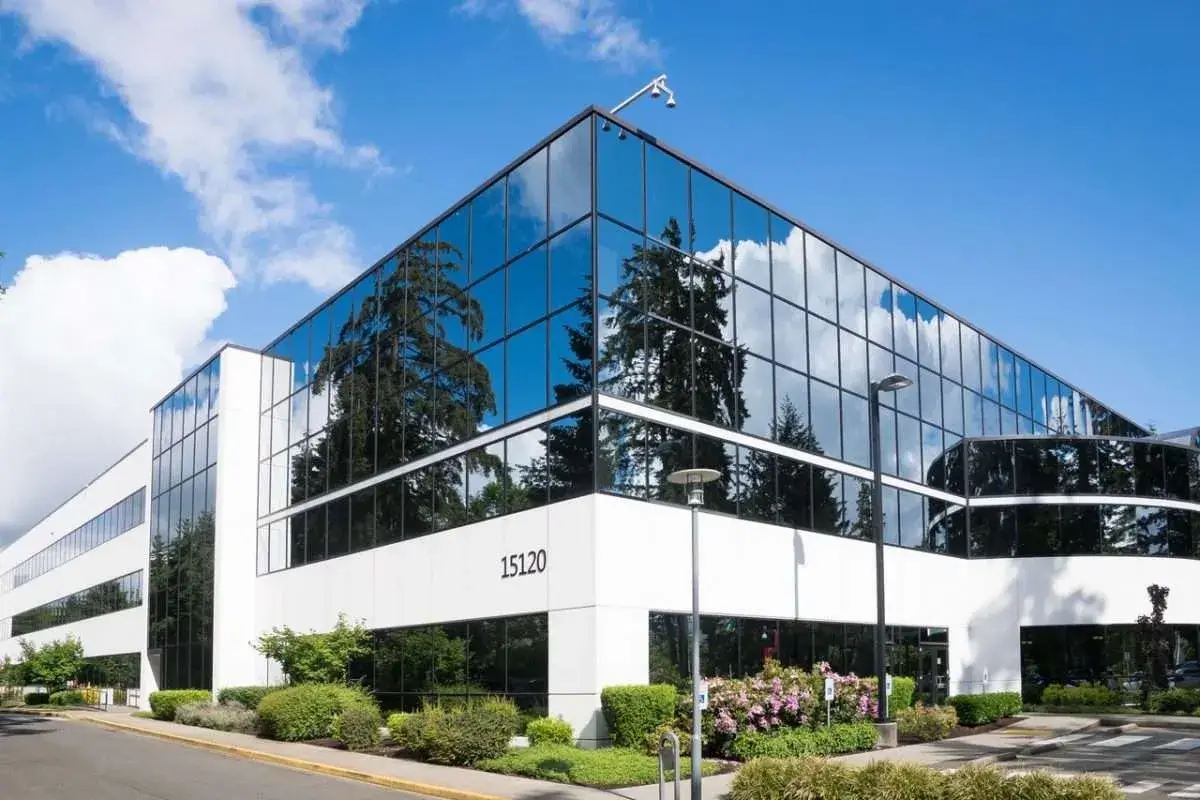Unlocking Your Financial Growth: A Strategic Guide to Compensation

It's no secret that the desire for a higher salary is a primary driver for changing jobs. However, many professionals base their expectations solely on their current company's internal salary structure. This often leads to vague, undefined, and misaligned expectations”either too high or, more often, too low for the broader job market.
This guide provides a strategic framework for understanding the components of a modern compensation package and what you can realistically expect.
The Company's Perspective: It's More Than Just a Number
Companies don't make compensation decisions randomly. Most have established salary bands for various roles and levels, and larger organizations have dedicated Compensation & Benefits teams. The offer you receive is carefully calculated to be motivating for you while maintaining internal equity. This is a core principle of modern talent acquisition: attracting top candidates without destabilizing the existing team structure.
Decoding Your Total Compensation Package
It's essential to think in terms of a "total package," not just the gross annual salary. Many components are structured to be more tax-efficient, which is why benefits can form a significant part of an offer. Here™s how packages can differ:
Typical Junior Professional Package
- Fixed Annual Salary (RAL)
- Production or Team Bonus
- Meal Vouchers
- Corporate Welfare & Benefits
Typical Top Manager/Executive Package
- Fixed Annual Salary (RAL)
- Performance-Based Variable Bonus (MBOs)
- Supplemental Pension Plan
- Housing or Residence Allowance
- Long-Term Incentives (LTI) or Stock Options
- Company Car
As you can see, the higher you climb, the more complex the package becomes. A skilled headhunter is an invaluable ally in this process, not only for finding the right role but for helping you negotiate your compensation.
Benchmarking Your Increase: What to Realistically Expect
While every case is unique, our experience reveals clear trends:
- For a job change within the same city, the average salary increase typically falls between 10% and 15%.
- For a job change that requires relocation, the average increase is higher, generally between 18% and 25%, often with one-time incentives.
It™s also important to consider the company's brand. A highly desirable company may offer less of an increase, while a lesser-known company may offer a more aggressive package to attract top talent.
Conclusion: Strategy is Key
Ultimately, securing a better package requires a clear strategy. You need to understand your market value, articulate your achievements, and be prepared for the entire process. Before you can even think about the offer, you must first focus on delivering a flawless interview performance. By preparing for each stage with a clear-eyed view of your goals, you can confidently secure an offer that truly reflects your worth.


